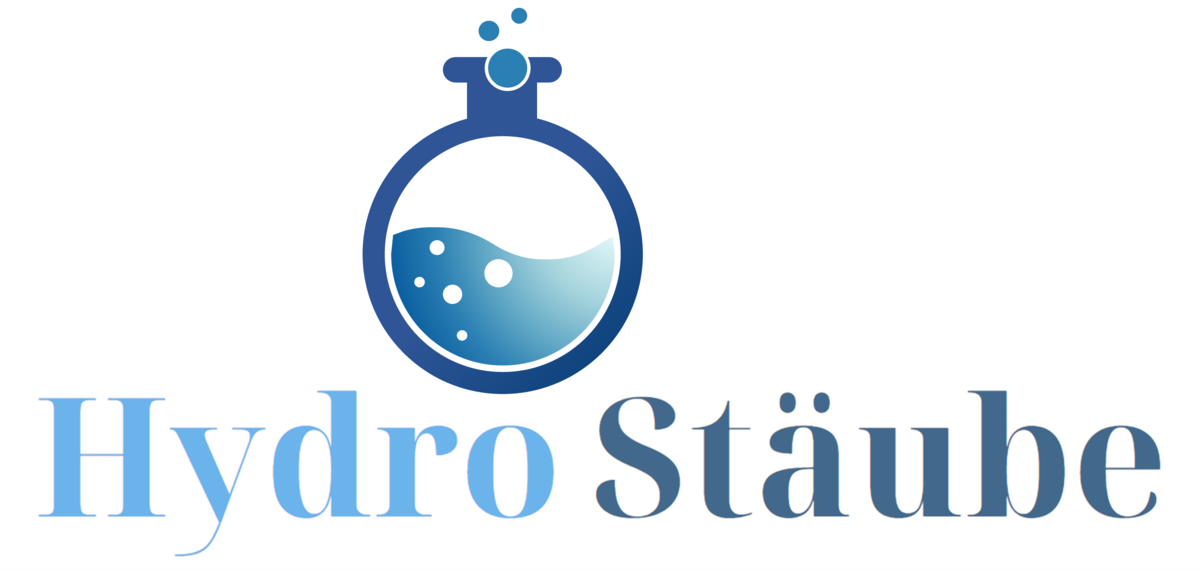Project HydroStaeube
Hydrometallurgical recovery of supply-critical metals from dusts of the iron and steel industry
Overall approach
The production of crude steel generates 10-70 kg dust per ton of steel originating from the exhaust gas systems. Based on the input materials (steel scrap, alloying agents), this dust contains numerous valuable metals, including iron, chromium, nickel, vanadium, tungsten, and zinc. Also due to these elements, steelmaking dust represents a valuable secondary raw material. The recycling of dust is primarily focused on the recovery of the zinc, which is contained in high quantities, whereas the recovery of other valuable metals was mostly neglected in the past. At present, expensive landfilling of the dusts with an iron content of approx. 25% takes place. The valuable materials contained are thus excluded from material cycles.
To return metals contained in the scrap to the supply chain being in-line with circular economy, sustainable processes are required to be climate neutral, resource-saving and energy-efficient. Most of the dusts from metal production undergo pyrometallurgical treatment via. In general, carbon carriers are added as energy source or reducing agent, and hence contribute to CO2 emissions. The HydroStaeube research project investigated hydrometallurgical leaching steps to recycle steel mill dusts. Subsequently, the method should also allow the recovery of other dusts generated in steel mill processes, which currently lack a specific treatment process.
Objectives
Within this project, the investigation of iron hydrolysis as well as alternative precipitation methods and the associated distribution of targeted elements in different sub-fractions were planned. Assessment of valuable metal recovery is accomplished, either by recovering them separately, leaving the iron content of the dusts in the residue, or by reclaiming them together by producing ferroalloys depending on the valuable metal content. The objectives of HydroStaeube were as follows:
- Recovery of the valuable metals
- Energy consumption rates of the new process should be considerably lower than those of the established processes
- Lower CO2 emissions due to avoidance of carbon-based reducing agents
- Avoidance of landfilling scrap and by-products

 DE
DE EN
EN
